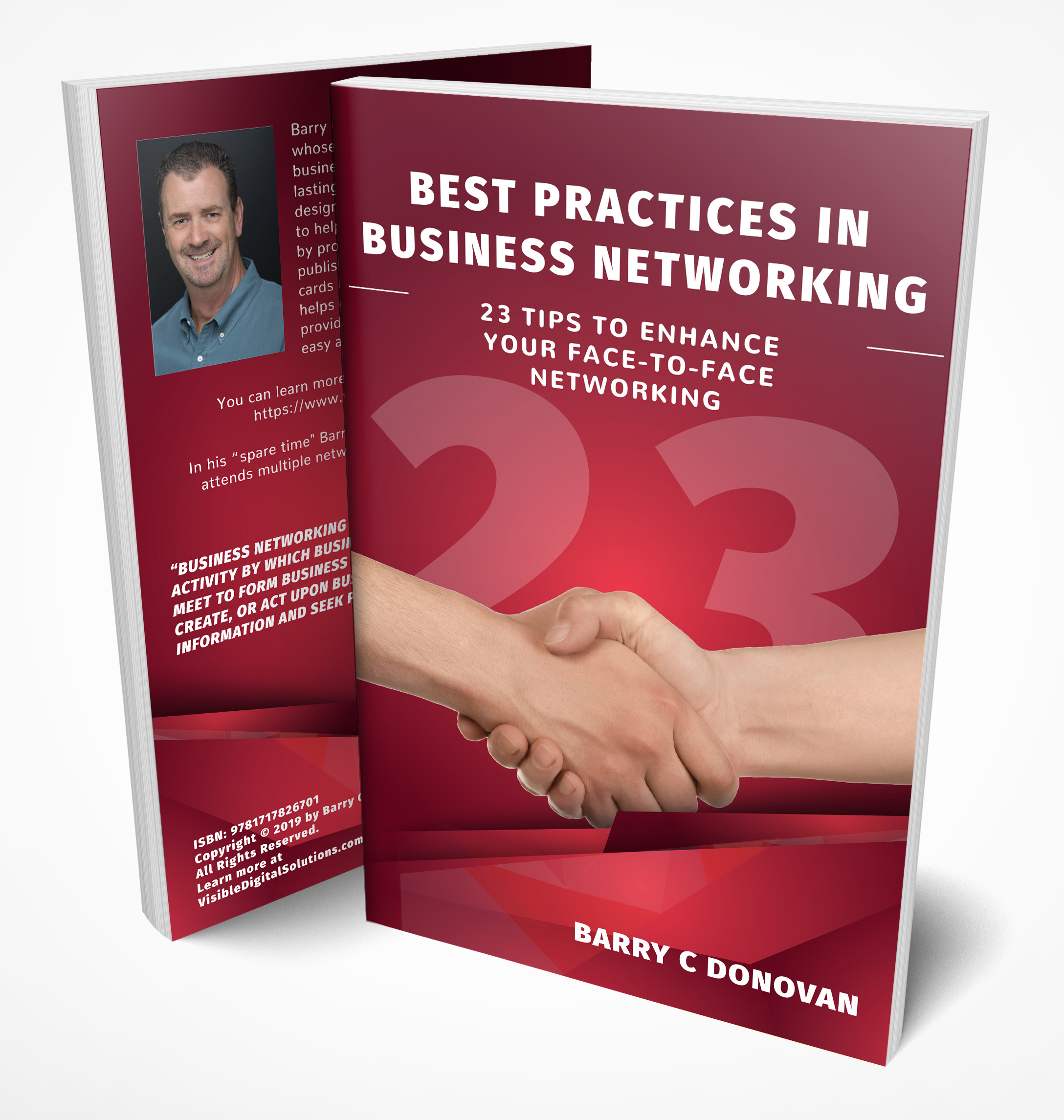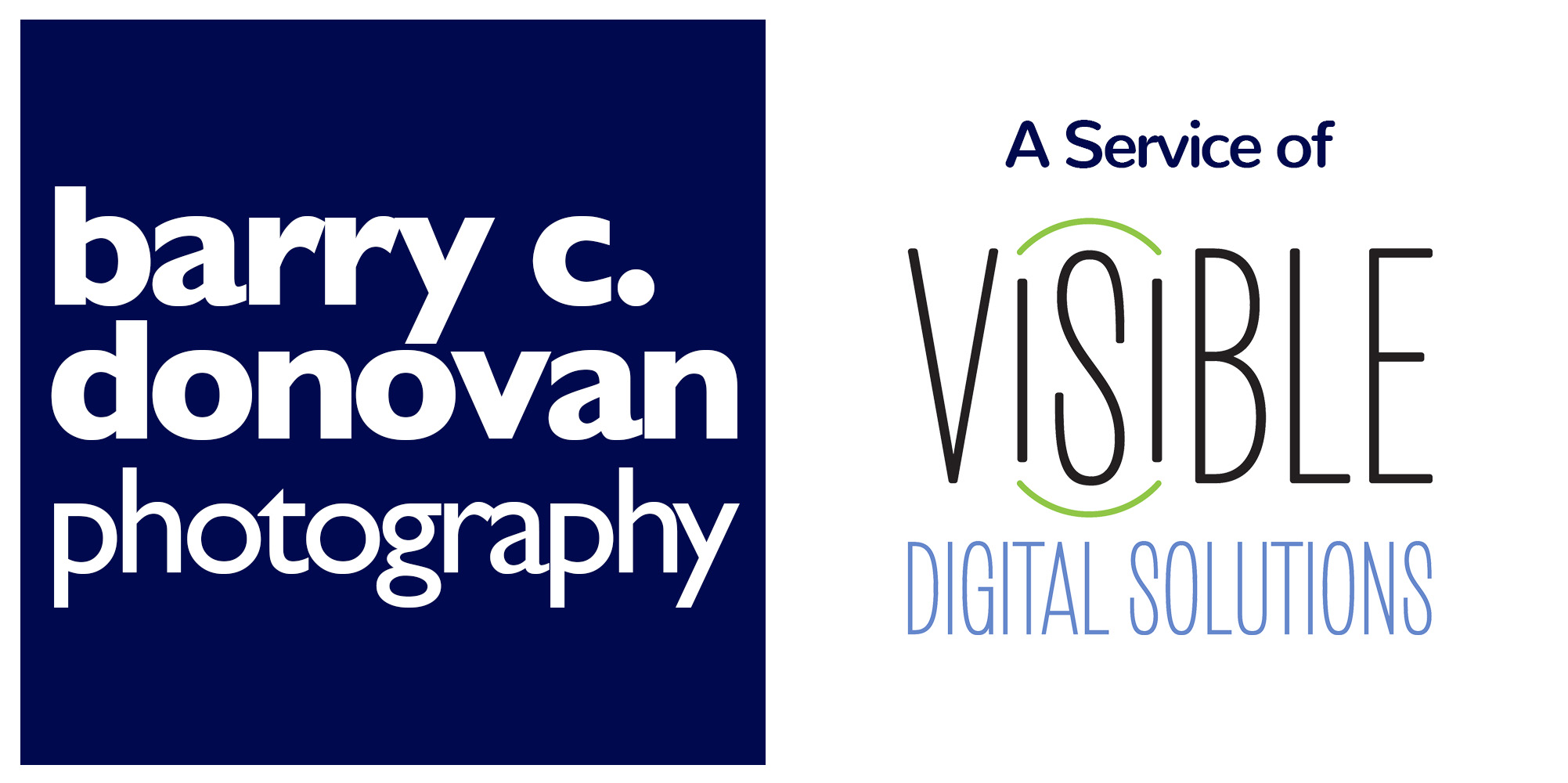
Business Networking Part III - After The Event
Click the audio file above to listen to our podcast, or read the post below.
In Part 1 we talked about preparing for your networking events and in Part 2 we talked about what to do while at a networking event. The following tips relate to what to do after the networking event / meeting.
Follow Up [After the Event]
Do What You Said You Would Do
The fastest way to establish trust is to follow through on a promise you made at an event and do it in a timely manner. The sooner the better and no more than 48 hours after the event. If you promised to contact the person to set up a meeting, do it. If you promised to send the person some information, do it.
If you promised to connect the person to someone, do it. However, be involved in the introduction, don’t just email both parties and say “Bill this is Mary, Mary meet Bill. I think you two could help each other.” Explain why and give a little background on both parties. If you can do an introduction via a conference call instead of an email, do it. The telephone has become a vastly underused tool since the advent of email.
Don’t forget to thank the people who refer others to you as well.
Send A Thank You Note
Steve Sexeny, Global Business Development Head for an international investment firm says, “After you’ve met someone send them a thank you card. In this day of technology people still like receiving good old fashion mail and cards.”
Handwritten notes get attention. They show you took the time out of your busy day to think of the person. If a handwritten note is too much for you then consider a service like Sendoutcards.com. They will print and mail your note with your signature and message. While it is not as personal as a handwritten note, it does show you took the time to think of them.
Emailing someone a quick thank you note is easy, however, if you want to be remembered and separate yourself from the crowd, consider a handwritten note.
I knew a gentleman who worked for a chamber of commerce that sent a handwritten note to EVERYONE he met at a function. Do you think the people who received those notes remembered him the next time they saw him? You bet they did.
Building Your Contact List Purposefully
Don’t be that person who gathers business cards and adds people to their CRM or email list without either getting their permission or having had follow up conversations. Also, refrain from making a “friend” request on Facebook or a “connection” on LinkedIn until you have met a few times. I personally have a policy that I will not request or accept friend requests until I have had at least a follow up one-on-one with the person and feel this is someone I will like, trust and can comfortably refer them to my friends and family.
Yes, I know may people “prospect” on LinkedIn by sending connection request. How do you handle these inquiries? If it is someone you have met at an event and have had a subsequent follow up meeting, then perhaps you accept it. If it comes “out of the blue” from someone you never met, only you can decide how you will handle it. However, I suggest that if you choose to accept the request, don’t just click the button, set up a time to talk to that person on the telephone and explore how you can help each other’s business. Start building a relationship!
Provide Value
Try to provide quality items or contacts of value. Quality is more important than quantity. This is one place where the old sang “less is more” applies. If you listened carefully during your conversation(s) with your new contact, you should have jotted down a few items about the person and their interests. Knowing this information will help you provide items of relevant value to them.
One-on-One Meetings 101
Your first one-on-one meeting is designed to let you get to know the person you are meeting with on a personal level. It is NOT an opportunity for a sales pitch! As such, below are some topics and suggestions for making your initial one-on-one fruitful. . . but first, focus on being a good listener!
Location – Be aware of where the other person may be coming from and set up a location that is convenient for both of you. Try to pick a quiet spot where you can converse without straining to hear each other. Coffee shops, Panera, Corner Bakery, Ihop and the library are just a few of the places you could consider. Try to avoid meeting at either of your offices… neutral ground is best. Know ahead of time how to get to the meeting location and be sure to have the person’s cell number in case either of you are running late.
Meeting – generally speaking, try to keep your first meeting to one hour. Be on-time and respectful of the other person’s time. Discussion Topics – remember you are getting to know each other on a personal level. Here are some suggested topics that could be covered:
Background - Where did you grow up? Do you have any siblings? Are you married? Do you have any children? How old are they? If older, what are they doing now? If younger, what activities are they involved with now?
Education - Where did you go to high school? Did you attend college? If so, where? What did you study? Did you participate in any sports or activities in high school/college? What was your career path that lead you to what you are doing today?
Activities - What hobbies do you enjoy? Are you involved in any volunteer work? Do you love to travel? If so where…what is your favorite place you visited?
Other - Any interesting facts about you or your family or background you would like to share? It’s the end of a great week and you have some free time on your hands – what would you do?
Next Steps - Consider setting up a second One-On-One to learn more about each other’s business. Send a thank you note!
If you missed Parts 1 and 2 of this series just click here.
